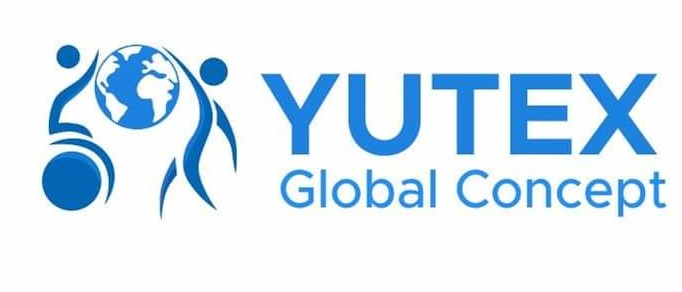The construction industry is evolving with a strong emphasis on accessibility and inclusivity, reflecting society’s shift toward ensuring spaces are welcoming to everyone. Today, inclusivity and accessibility are fundamental design principles, especially as urban areas expand and buildings become multifunctional spaces catering to diverse communities. This blog post explores why accessibility and inclusivity are essential in modern construction and the benefits they bring to communities, clients, and the industry itself.
1. Meeting Growing Regulatory and Social Expectations
Around the world, building codes and regulations increasingly require accessible design to accommodate people with disabilities and other needs. Accessibility isn’t just about compliance, however. It reflects a commitment to social responsibility, ensuring that all members of the community—whether they have disabilities, are elderly, or need alternative accommodations—can access and use facilities independently.
2. Expanding Usability for Diverse Populations
Inclusive design benefits a range of users, from individuals with mobility challenges to families with young children. For example, ramps, elevators, and tactile signage support individuals with different needs, making public spaces more user-friendly. Construction companies that prioritize inclusive design help create spaces that are functional and welcoming to a broader audience, thus maximizing usability and appeal.
3. Enhancing Brand Reputation and Attracting Clients
Construction firms that focus on accessibility and inclusivity build strong reputations as forward-thinking and socially conscious. This attention to inclusive design attracts clients who value ethical, sustainable practices and who understand the long-term benefits of accessible buildings. By implementing inclusive design principles, companies can differentiate themselves in a competitive market.
4. Ensuring Future-Proof and Sustainable Design
An inclusive approach prepares buildings for future needs, whether accommodating an aging population or meeting evolving accessibility standards. Structures designed with inclusivity in mind require fewer adjustments over time, thus lowering long-term costs for clients and creating sustainable spaces that adapt to changing demographics and community needs.
Conclusion
Accessibility and inclusivity are crucial to a modern, forward-looking construction industry. Beyond regulatory compliance, these principles enhance usability, strengthen community integration, and help companies establish strong, reputable brands. By embracing inclusive design, the construction industry can build spaces that are accessible, functional, and future-ready, fostering environments that truly support everyone.




